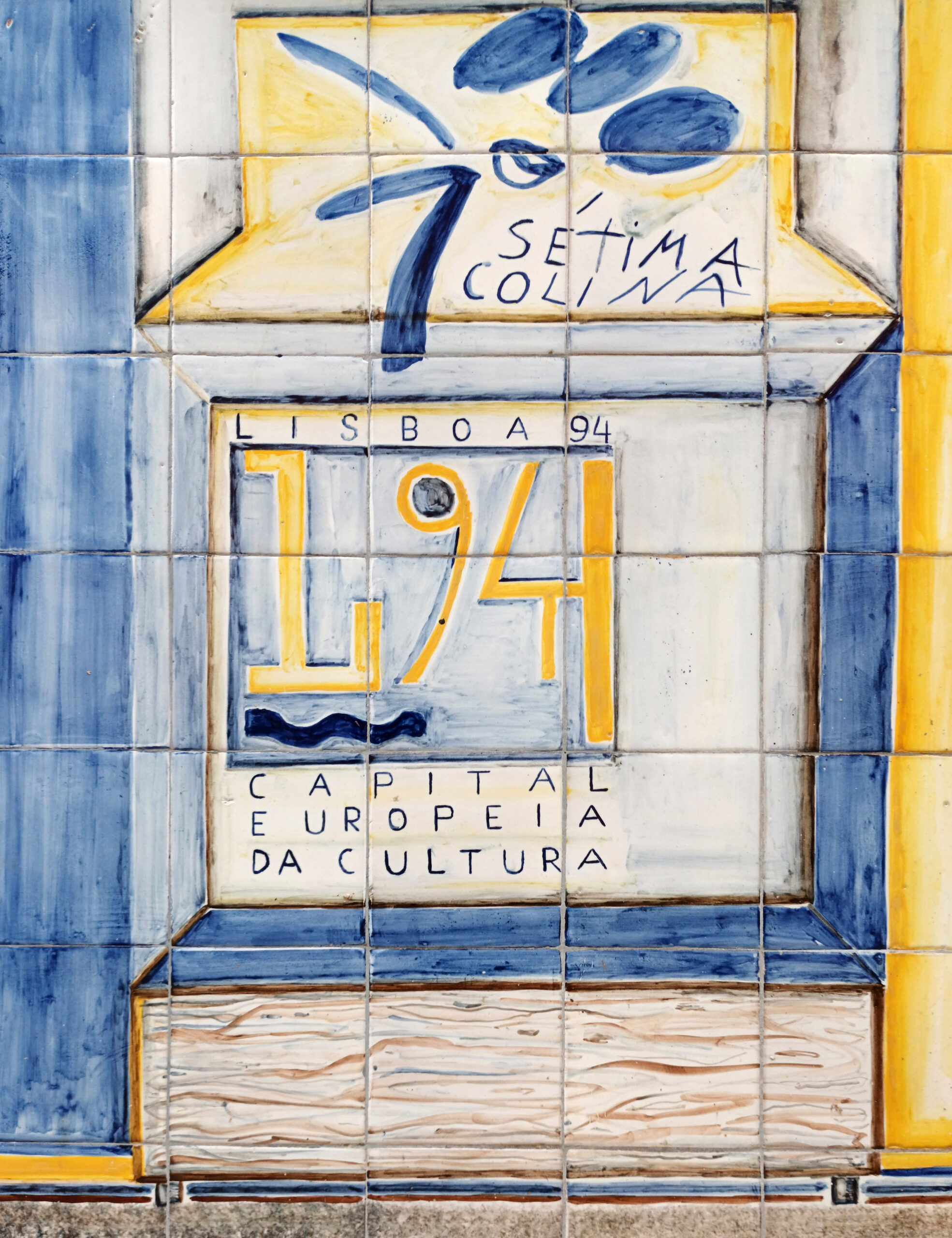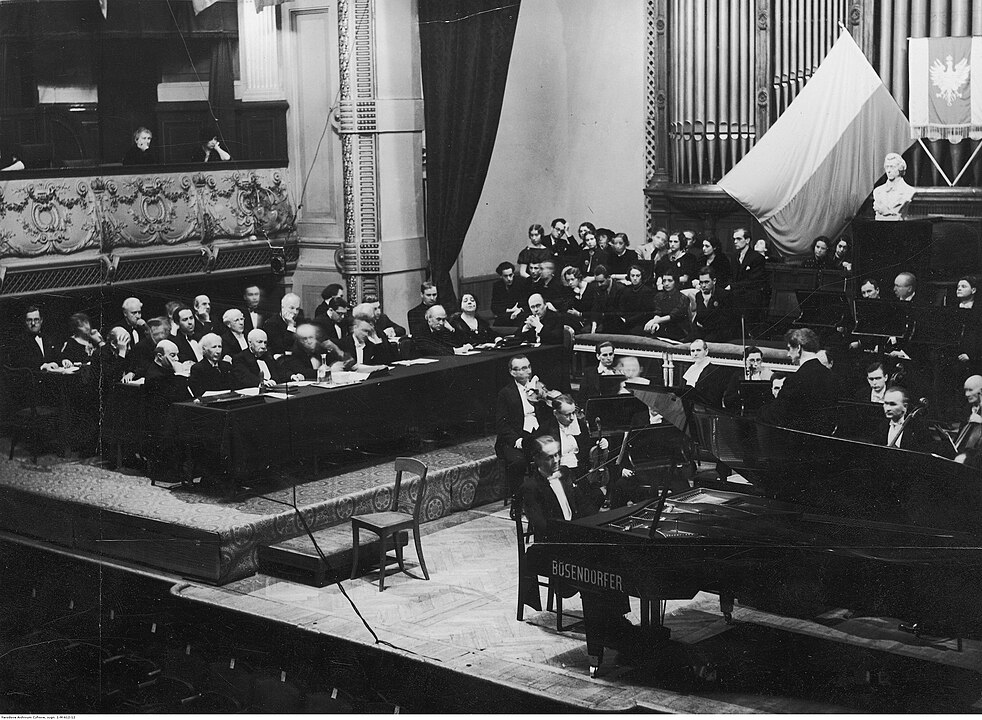In our turbulent contemporaneity, arts organizations must strengthen their case for support, build connections and promote shared values if they are to fulfill their citizenship responsibilities as anchor organizations within their respective communities. This approach to fundraising is rooted in the fostering of a culture of philanthropy within arts organizations that encourages and promotes the engagement in development at all levels of the organizational structure.
Financial sustainability in the Arts has always been a challenge for arts managers. Throughout history, the arts (like education, medical research, social services and religion), have in fact not been sustainable in the market without subsidy. For centuries, the church and royal families provided such support. More recently, the public and private sectors have filled this role, concluding that the arts are essential to defining our humanity. However, as arts managers know well, these funding approaches are under significant pressure as the COVID 19 pandemic (together with geopolitical turbulence, climate change threats and a burst of new “culture-wars” – escalated by the social justice movement) has exacerbated the difficulties for arts organizations in raising funds for their activities as funders continue to reevaluate their priorities given the changing circumstances described above. This means that, if arts organizations want to ask for support effectively, they are required to redesign their approach to fundraising. Consequently, arts institutions and artists must judiciously rethink the role they play in society and the true reason for their existence. Furthermore, they should try to find a consistent answer to some key-questions such as: are arts institutions in the business of providing “experiences” and “entertaining” their loyal audiences and tourists, or is their legitimization rooted in their capacity to capture and activate social and cultural change in their local communities? Do cultural institutions exist to serve as “dispatchers” of their artistic productions (being supported by public or private funding to cover the high fixed costs of production), or is their role (and justification for public or private support) to proactively serve the community and support younger generations of artists? And to what extent are arts executives committed to and aware of their civic role?
When arts organizations are fully integrated into the life of a community and as “public goods” provide for the community’s overall wellbeing, citizens of that community will be much more inclined to become engaged and provide support. This is where philanthropic relationships between arts organizations and their donors can bloom. And also, where a simple “Ask for funding” can lead to “Fund development”. Philanthropy has to do with personal values, culture and vison of the world, and development officers should strive to identify and nurture philanthropic attitudes and interests among people – outside and inside the arts organization – that share those values. Philanthropy is about people, not just money, as it leads to engagement and strong donor relationships. True philanthropy can turn the transactional approach, in other words asking for donations (benefits in exchange for money), into the building of long-lasting relationships between the institution and its supporters around an arts organization’s mission. A philanthropic culture is key to achieving financial sustainability and to further protect these organizations from the various crises that are inevitable in an ever more complex environment.
What individuals within cultural institutions should be responsible for this “enhanced” fund raising? Traditionally, individuals within an arts organization had very distinct roles. The second oboist played the second oboe parts. The actor playing Hamlet just played Hamlet. The curator for Ancient Egyptian, Nubian and Near Eastern Art only focused on art from those regions. And the development director solely raised money. While this approach worked in the past, the digital revolution, the proliferation of not-for-profits arts institutions competing for funds and the evolving sensibilities of younger generations have led to rethinking about who is responsible for fundraising. Modern arts organizations are best served if all employees and volunteers have “ownership” of fundraising success. Now, the second oboist may serve on an annual fund committee and occasionally might be asked to write thank-you notes to donors. The actor playing Hamlet might speak to a group of donors at a post-performance reception. The curator of Egyptian, Nubian and Near Eastern Art might lead a group of donors on an excavation in Egypt. And the lead development officer should expect to be included in meetings in which strategic decisions are made. This is not to say that artists are being asked to replace the arts organization’s development team or that the development director will be allowed to make programming decisions. Rather, such involvement has more to do with cultural attitudes and approaches than with functional responsibility and a team approach to management. In essence, everyone in the organization has “fundraising” as an element of their job description, whether directly or indirectly, as arts institutions realize that developing a culture of philanthropy is very important to achieve sustainability. Furthermore, effective fundraising relies on personal, trust-based relationships more than on transactional exchanges between the arts organization and its donors. Building long-lasting relationships requires time and effort, especially in the case of substantial gifts; otherwise, donors may be confused and see their contribution not as added value for the organization but as a mere commercial exchange. Consequently, developing a culture of philanthropy in arts organizations is very closely related to the notion of promoting citizenship within the communities in which they are situated. More than protecting the arts or heritage, these institutions are in fact pivotal in creating bonds of trust, nurturing social capital, facilitating social development, serving younger generations and granting cultural access to all citizens. Internalizing these attitudes will increase fund raising capacity which will enhance arts organizations’ independence and help them to focus on their mission which includes serving the community and the art form, the real purpose of their existence.
About this article:
Pecoraro, F., Turrini A., Volpe M. Fundraising for the Arts, Bocconi University Press
About the authors:
Mark Volpe was President and CEO of the Boston Symphony Orchestra from 1997 through June 2021.
Francesca Pecoraro works in the Marketing and Audience Development Department of Teatro di San Carlo in Naples.






